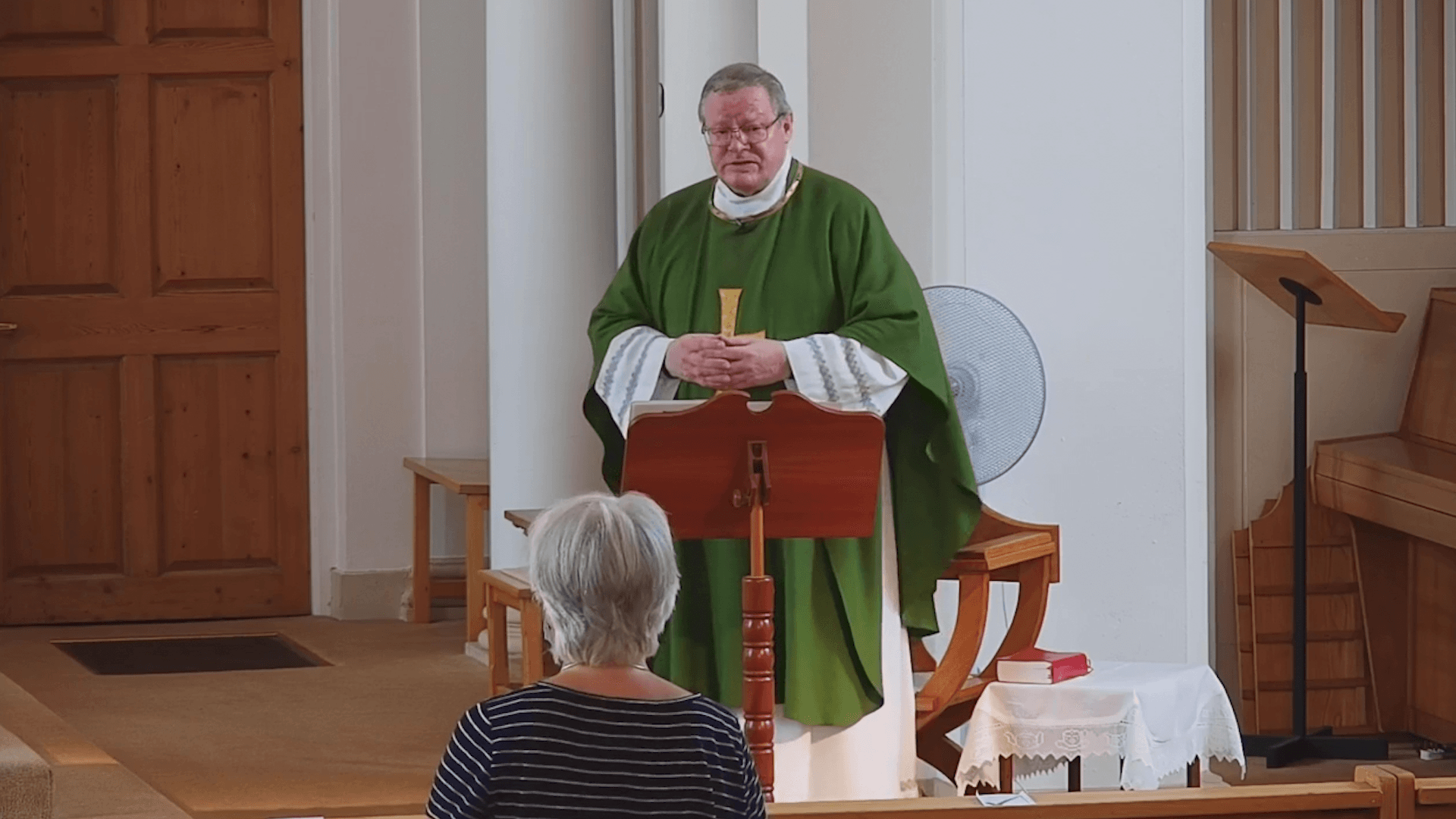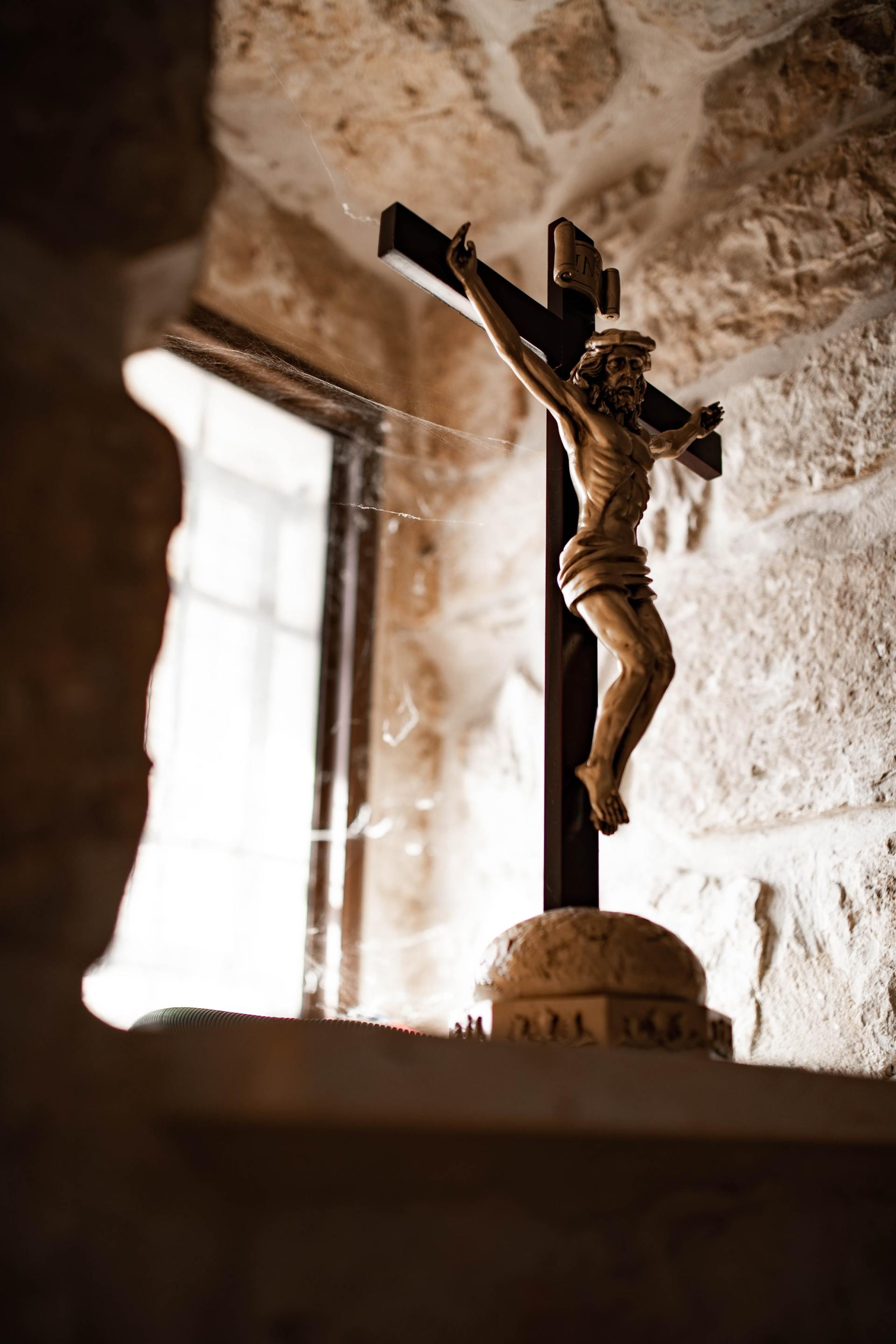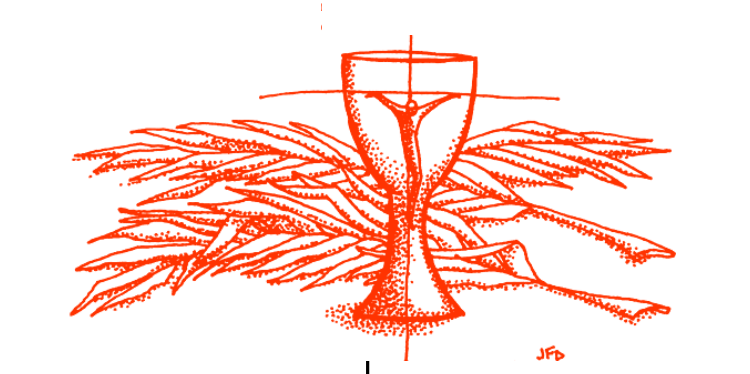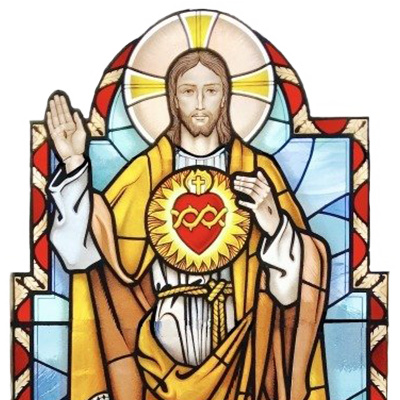St Blaise Wednesday 3rd February
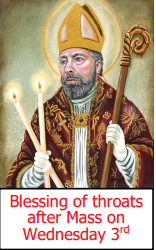
St Blaise was the bishop of Sebastea and a doctor. The first known record of the his life comes from the medical writings of Aëtius Amidenus, where he is said to have helped patients suffering from objects stuck in their throat. Many of the miracles of St Blaise’s life are written four hundred years after he was martyred in the “Acts of St Blaise.” St Blaise is believed to have started as a healer and then, eventually, was a “physician of souls." He then retired to a cave, where he remained in prayer. The local people often turned to him for healing, especially of the throat. In 316 the local governor arrested the by then bishop Blaise for being a Christian. On their way to the jail, a woman set her only son, who was chocking to death on a fish bone, at his feet. Blaise cured the child, and though the governor was amazed, he could not get Blaise to renounce his faith. Therefore, he beat Blaise with a stick and tore at his flesh with iron combs before having him beheaded. In another tale, Blaise was being led to the prison and on the way came across a poor old woman whose pig had been stolen by a wolf. Blaise commanded the wolf return the pig, which it did - alive and uninjured! When he reached the prison, the woman came to him and brought two wax candles in an attempt to dispel the gloom of his darkened cell. In the Middle Ages, Blaise became quite popular and his legend as a beast tamer spread. He was then referred to as the “saint of the wild beasts.” Saint Blaise is often depicted holding two crossed candles in his hand, or in a cave with wild animals. He is also often shown with steel combs. The similarity of the steel combs and the wool combs made a large contribution to Saint Blaise’s leadership as the patron saint of wool combers and the wool trade.
